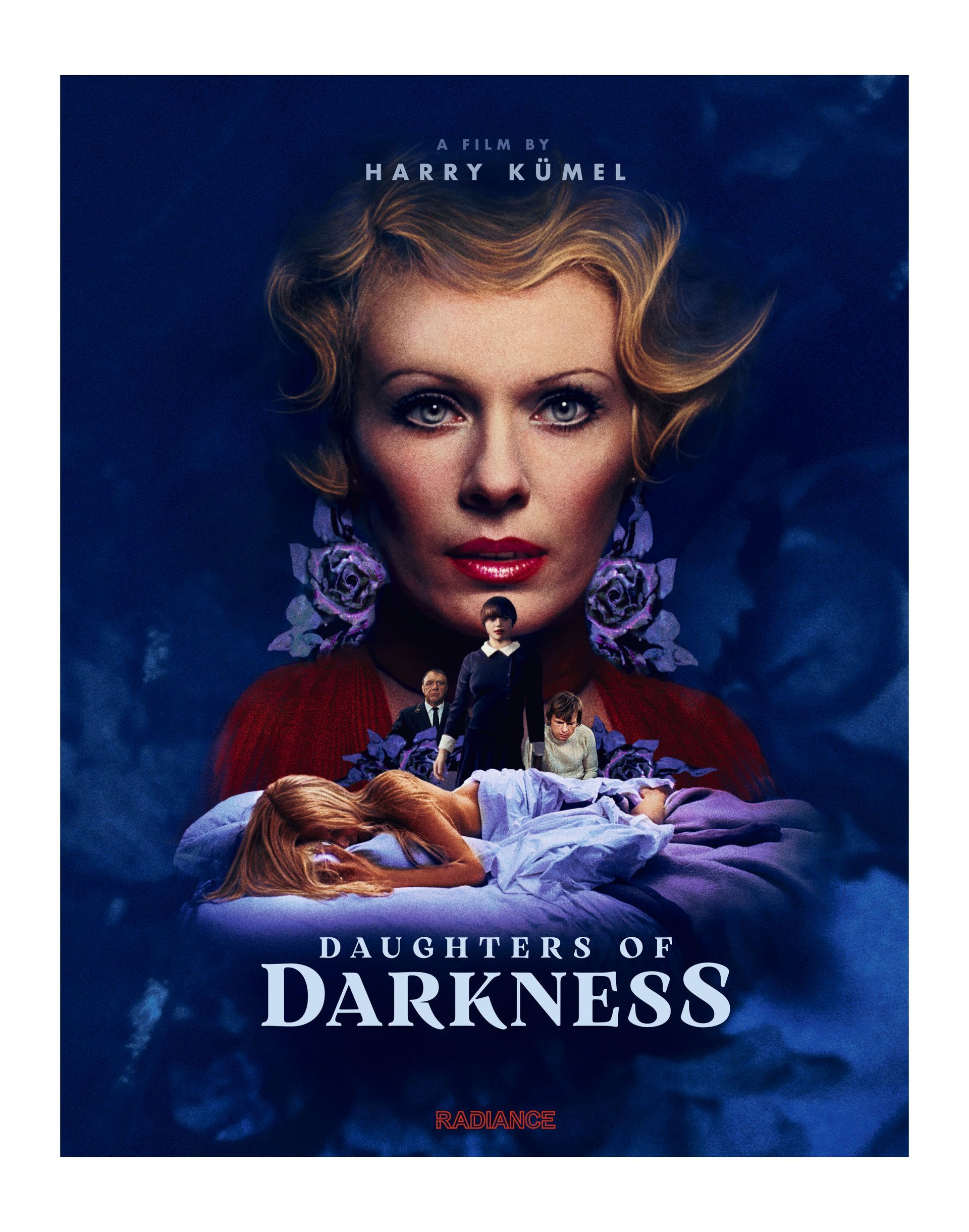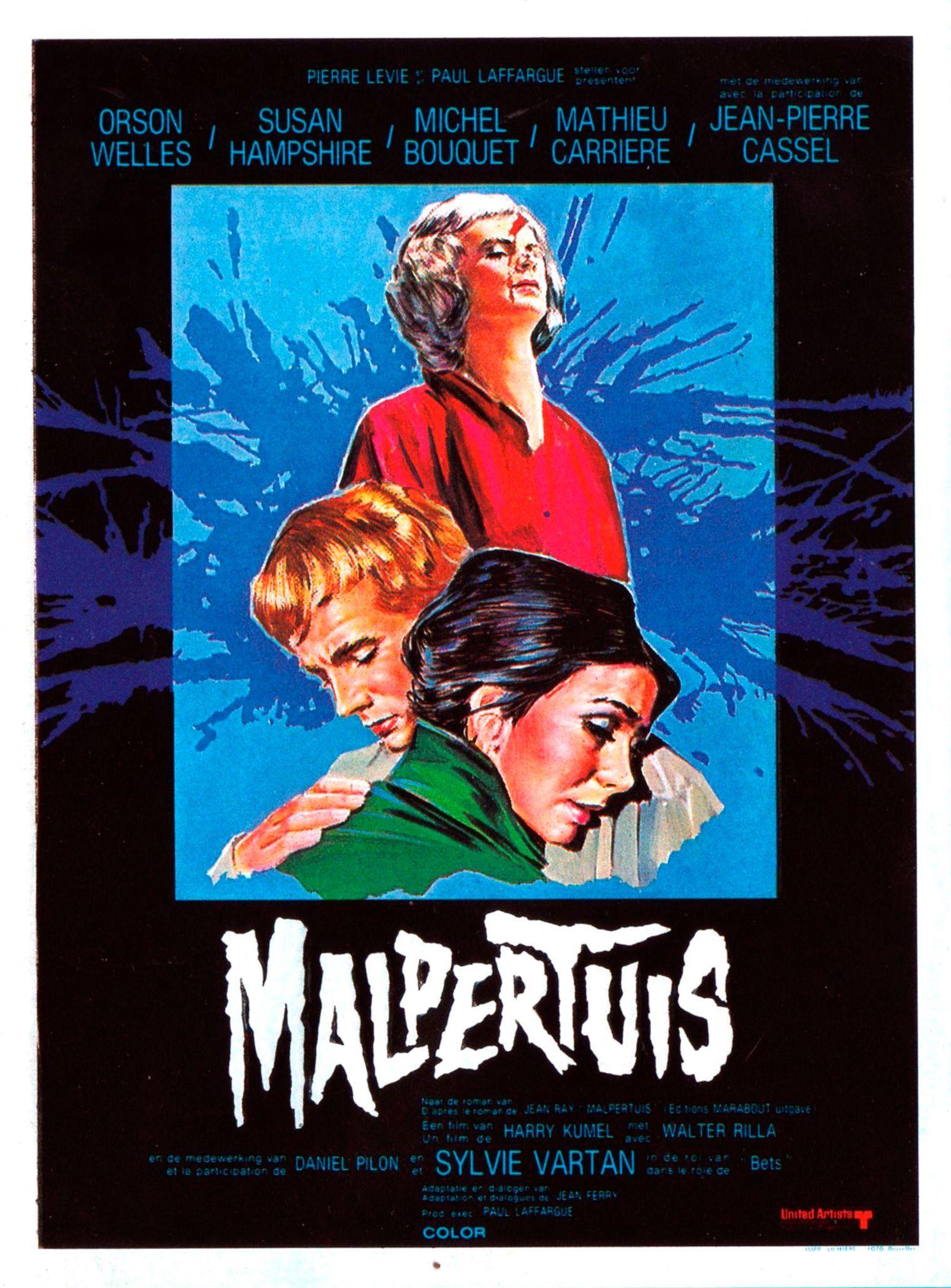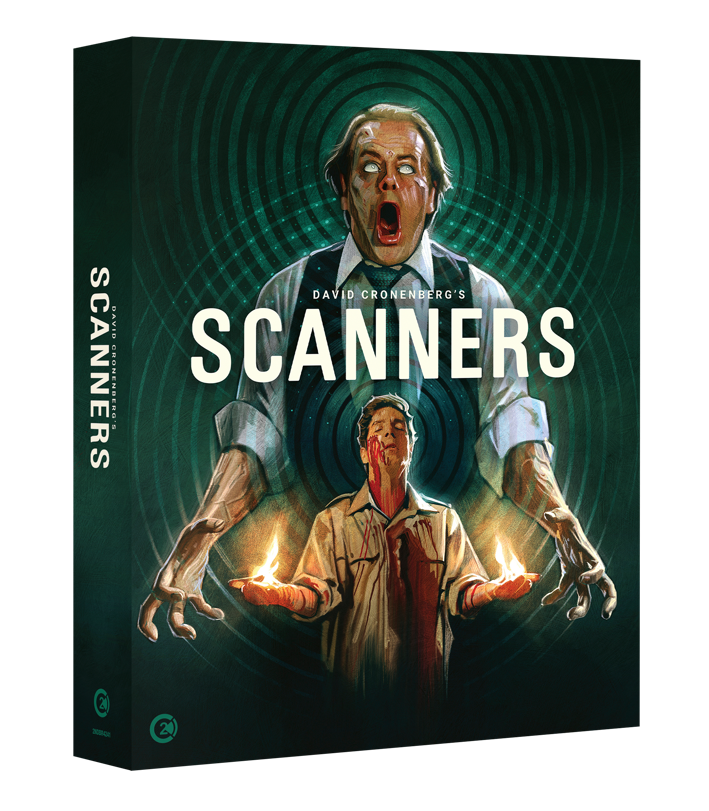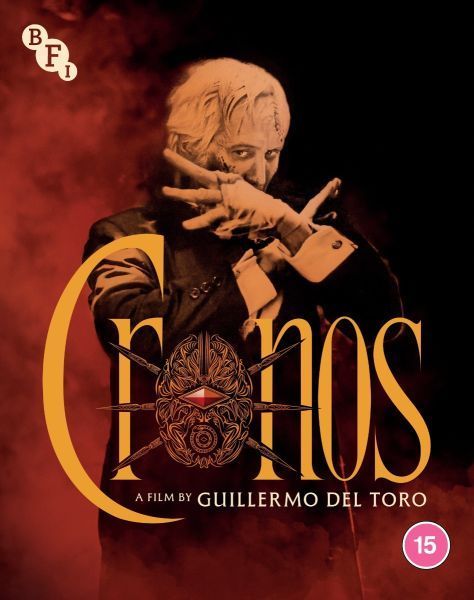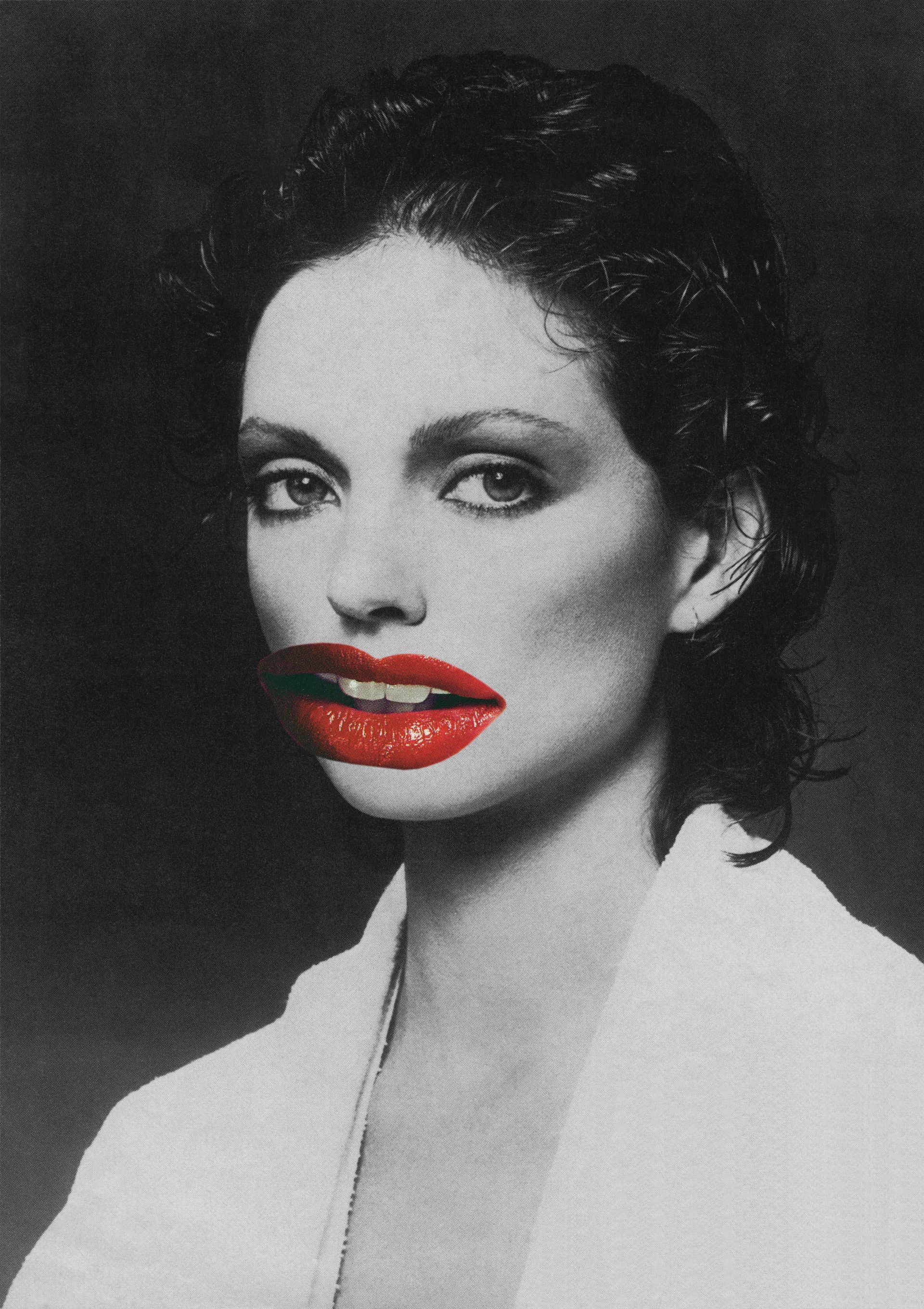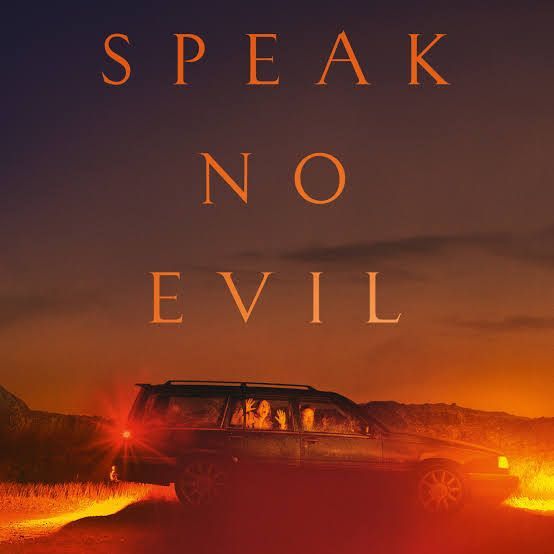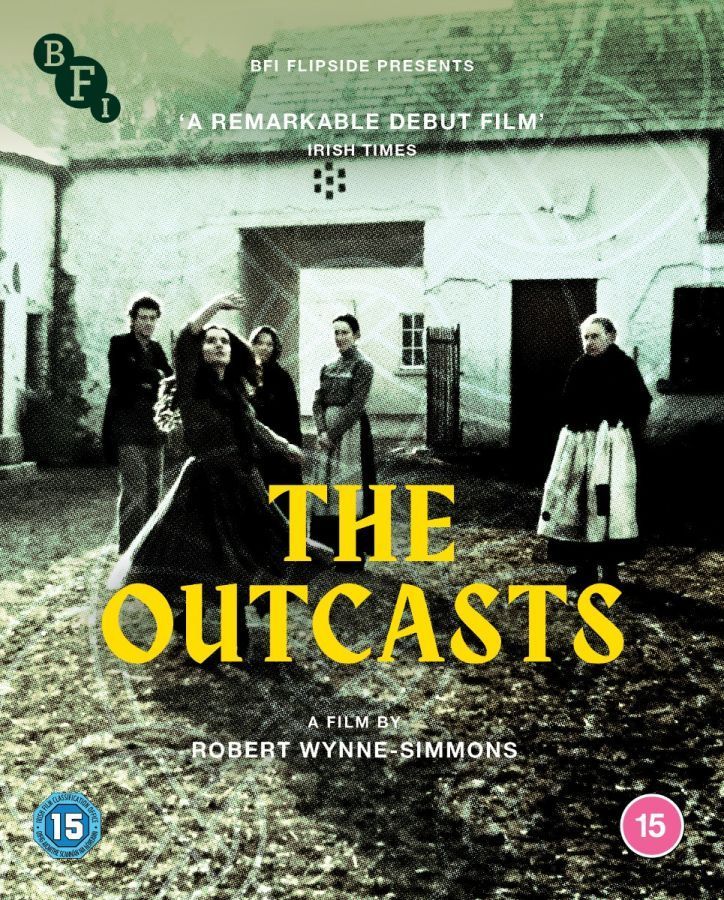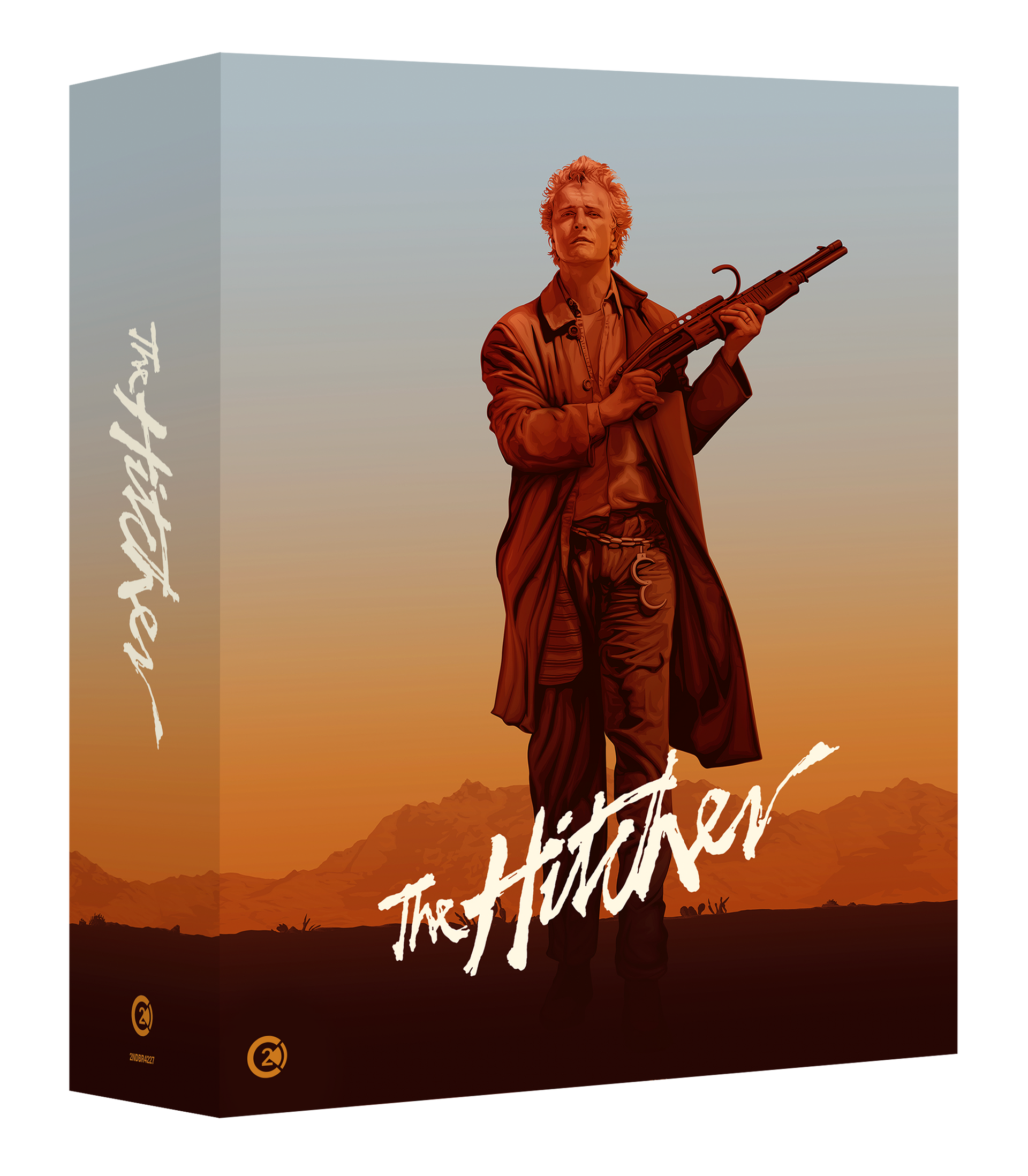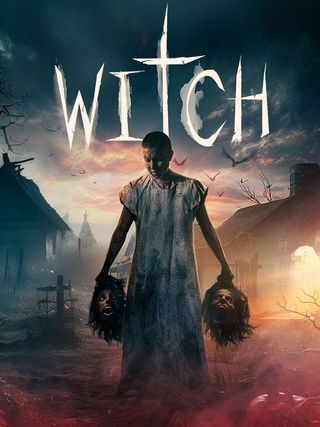Books and Photography
Books and Photography
Or Glory, Drive Style, Coffee Style, I'm One, Terry O'Neill.
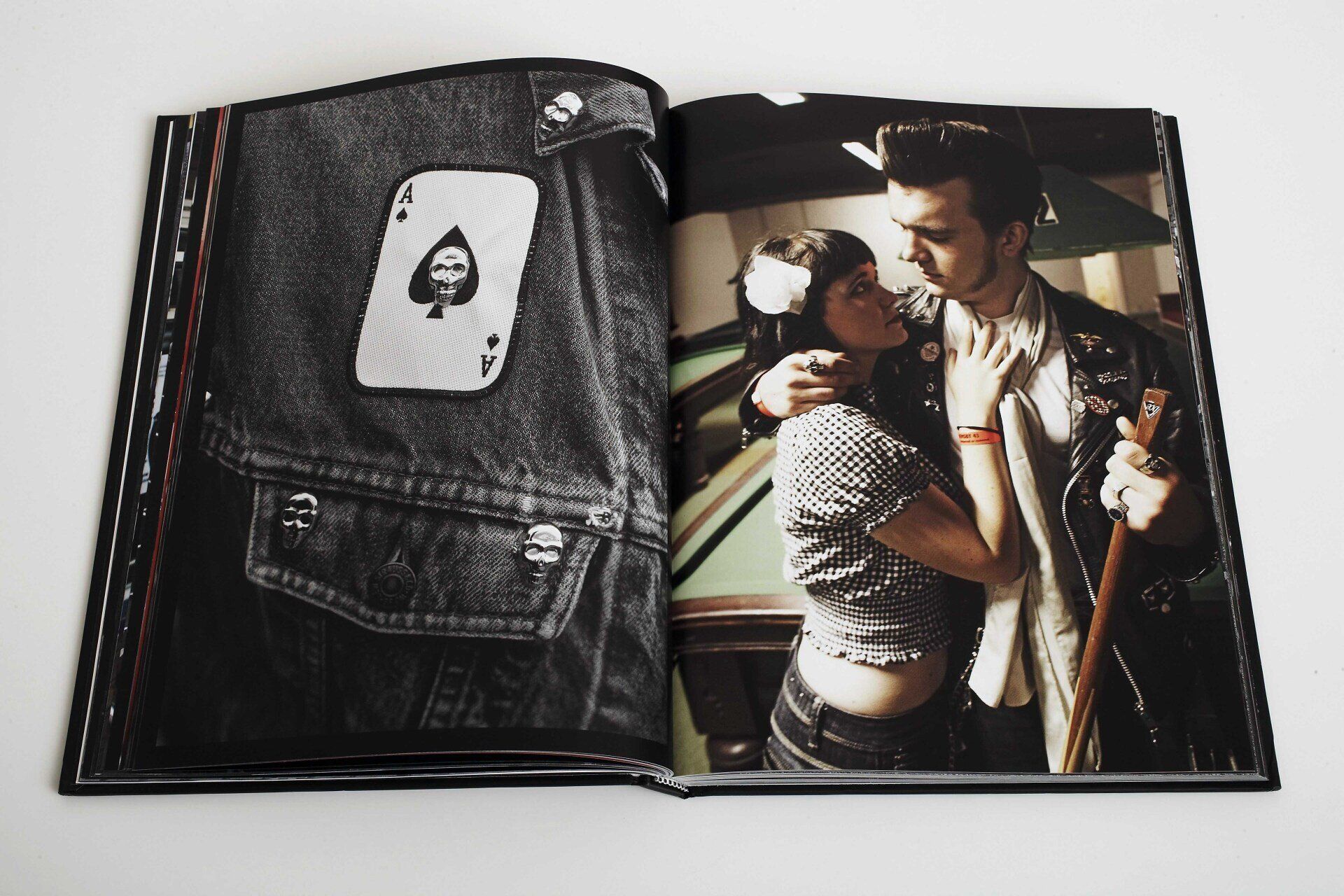
Or Glory: 21st Century Rockers by Horst A. Friedrichs
‘Hello? Yeah, Scenester here, can I hold for who? Harry? Yeah, ok, I’ll hold.’ Hold on, indeed! Mr Harold Stott, eh? Just wait till I…
‘Harry, my old mucker, fancy you hiring a secretary after all this time. Hope you’re paying her something, she gave you quite a build-up. Now, how long is it since we had a little tete a tete? Weeks, or is it months? You what? You’ve got something for me? As I live and breathe. Yeah, course I’ve heard of it, I reviewed the last one, didn’t I? ‘I’m One’, the Mods book. ‘Course I know his new one’s out, I don’t go around with my eyes closed, do I? Ha ha ha, too busy looking in mirrors, good one, Harry. Me? Review a book about rockers? You sure you’ve got the right fellah for the job here? Yeah, I know, but the leather and denim brigade? I know it isn’t all that, just joking. OK, how much? What? You tightwad. You know what your coat of arms has on it, don’t you? Crossed tourniquets on a barren argent field . OK, seeing as work’s a bit slack, I’ll do it.’ ‘’Ding.’’
If you’ve already ogled Horst Friedrich’s ‘I’m One’, you may think that, with ‘Or Glory’, you’re just getting a companion piece, but you’d be wrong, friend. That Horst, he’s moved away from the strict portraiture of ‘I’m One’, and gone for a more Hollywood/classic/mythological approach to his subject. A mix of rich colour and serious black and white, the pictures of modern day rockers were taken recently, but some could easily have been taken anytime in the last 50 years. Some of the more ‘fashionable’ tattoos sported by the rockers betray their recent origin.
Horst has populated his book with some classic photo set-ups, recalling films like ‘The Wild One’, to best reflect the atmosphere these stylists are taking considerable pains to re-create. A line of bikers, all in their no-flash leathers and classic cut denims, one astride his immaculate, lovingly restored bike, no doubt running far better than it did when straight out of the shop nearly 60 years ago. I do not recall seeing a single non-British machine in the book, so can only assume a dogged patriotism remains here.
The clobber is a given, and badges aside, there’s not much divergence in the general look of the males, except in the quiffs and cockades of hair that they competitively sport, or in some cases used to sport, as this is an all-ages cult. Tattoos are usually the traditional kind; bluebirds, flames, dice, drink and dancing girls, with some genuinely inspired floral and natural designs on the arms, backs and feet of the female contingent. The distaff side is represented well, from full on biker girls to late 50’s casual dressers and girl-group tributes, with some terrific action shots at dances and ‘do’s’ around the country.
There are many images which recreate the mood and drama of countless 50’s & 60’s genre films; A bike-boy in a quarter-turn, looking over his shoulder-to a possible challenge?; A high-fringed girl stares worriedly out of a café window (Laura and the stock-car race?); an elder biker looks aside at an absent opponent with a ‘Who-You?’ look in his eyes; One astride his beloved machine awaits the signal to ‘Go’ as he stares his rival down; A siren flashes her mascara’d eyes with a ‘You-with my man?’ look on her frost-cold face.
Horst captures the wild, teeth-bared face of a guitarist playing at full tilt, the bold stare of a magnificently coiffured black-haired girl, her arms covered in impressive full-colour tattoos, there’s the wide-legged macho posture, helmet tucked under arm, of a biker, flanked by her machine, and a touching scene of a family (?) of bikers, the young son leaning against a wall, mother behind the father in his wheelchair, the shiny-suited youth slapping earthy notes from his bull fiddle, and the bare-midriffed country gal, looking adoringly at her pool-player boyfriend.
An honourable mention goes to the ‘Teds’ who are so well turned out here, sadly not in such numbers as the bikers. They add a touch of British Edwardian elegance to a collection that seems otherwise U.S. heavy in its visual style, bikes aside.
Horst has turned his camera onto another undying decade’s style and come up trumps once more. Who knows where else he may train his lenses next?
Scenester
13/3/2011
http://eyeplug.net/magazine/?p=1379
first published eyeplug online magazine 18.3.2011
Drive Style – Horst A. Friedrichs (Prestel)
Just off the starting plate and firing on all twelve cylinders, the latest photo-book by Horst A. Friedrichs, ‘Drive Style’, is a celebration of the classic motor car, its dedicated followers and the sartorial style that goes with it. Horst has chosen to train his highly polished lenses on those dedicated souls whose appreciation of these classic vehicles is matched by their preference for period-appropriate clothing.
You’ve almost certainly run into (sorry) one of these creatures, maybe at Vintage Goodwood, or a car swap/meet at a racecourse near you. The cloth capped, v-neck sweatered pit boy? The goggled, leather-helmeted driver of a British motor legend? The tweedy, cat-eye glasses-wearing lady spectator? They’re all here in living colour, with the odd nose stud, wristband or tattoo to remind us that this isn’t Silverstone 1955, even if it looks like it might be.
Horst’s matter-of-fact portraits go from studious shots of faces that could doubtlessly tell a few stories, to gloriously full-throttle rides around the slick asphalt track. From drivers, their overalls spattered with mud and faces besmirched with grease and soot, to ladies in their fine vintage suits and dresses, excitement in their eyes as their favourite takes the hairpin bend. From ‘job done’ shots in a dank garage, to a sunny day in an English county, onlookers wearing their retro sunglasses, or wishing they’d remembered to bring them. From the serious expressions of the ‘win at all costs’ persuasion, to the effortless style of the suburban couple in their finery, in front of their showroom-condition Cadillac, it’s all here.
The cars are presented in as many diverse ways as the drivers, sometimes in classic, aggressive ‘bull-nose’ stance, ready to take on the world, sometimes in post-race half–light, or at a ‘show ‘n’ shine’ meet-up.
Speaking as one of the last pedestrians, I feel some way removed from these folk, but have huge admiration for their endless patience with their unrepeatable machines. The endless tuning, repairing and cleaning, the immense cost of upkeep and insurance, the sourcing of correct livery, must, eventually, conspire to make the owner think of their pride and joy as little more than a money pit. However, I’m forgetting the fun, the excitement, and the sheer pleasure that Horst has captured in his pictures, for you to enjoy. I’ve no doubt that ‘Drive Style’ will shortly be joining ‘21st Century Mods’ and ‘Cycle Style’ on your bookshelf.
Scenester
6/10/13
Coffee Style: Horst A. Friedrichs (Prestel)
6/10/13
Coffee Style: Horst A. Friedrichs (Prestel)
Those of you who think that coffee is little more than the humble roasted bean which helps you to stay awake, work, study and play, may want to take a look through the latest book by renowned photographer Horst A. Friedrichs, ‘Coffee Style’. Horst’s books on such diverse interests as mod and rocker fashions, cycling and classic cars have already earned him a reputation as a premier visual commentator on contemporary style. He has since trained his lenses on some of the more esoteric aspects of the coffee cult, and the results are collected in the hessian covered boards of ‘Coffee Style’.
Most major American and European cities now have a neighbourhood where coffee devotees build their shops, roasteries, even schools, and it’s to these aromatic enclaves that Horst has travelled to chronicle their lifestyles, tastes and most particular obsession. To sat that they aren’t a ‘showy’ lot, is to put it mildly. Dress tends to be basic; denim, checked shirts, highly practical aprons, boots. Their shop decor errs on the side of subtlety; muted colours, wooden benches and tables. This stylistic vow of celibacy tends to serve as a reminder that the only important detail here is the pungent drink they serve up.
To these stoics, it just wouldn’t do to brew up in a billy can (although I daresay some of the more minimalist persuasion might), and so only the best is used. The answer to the question ‘what is the best equipment?’ seems to have as many answers as there are baristas, and so Horst takes the opportunity to cover the broadest range he can. From the gleaming chrome of the robust, counter-hogging espresso machines to the simplest paper cone in a can, they’re all here. Their collections of antique brew paraphernalia feed the enthusiasts’ already gargantuan appetite, and I wonder how many of us would know how to operate some of the more obscure machinery.
To these stoics, it just wouldn’t do to brew up in a billy can (although I daresay some of the more minimalist persuasion might), and so only the best is used. The answer to the question ‘what is the best equipment?’ seems to have as many answers as there are baristas, and so Horst takes the opportunity to cover the broadest range he can. From the gleaming chrome of the robust, counter-hogging espresso machines to the simplest paper cone in a can, they’re all here. Their collections of antique brew paraphernalia feed the enthusiasts’ already gargantuan appetite, and I wonder how many of us would know how to operate some of the more obscure machinery.
The pages of ‘Coffee Style’ are filled with close-up images of beautiful brewing equipment, old and new, but Horst’s book is primarily about people. Their unobtrusive style has, in recent years, become as familiar as uniformed Police or Chelsea Pensioners; the no-nonsense work shirts, denim aprons but most of all, their luxuriant tattoos, often depicting the instruments of their craft, or the hypnotic patterns that suggest the mystic ecstasy they may enjoy in their coffee reverie. Pictured swelling with pride by their quietly decorated establishments, or else beside their venerable roasting and brewing machines, they suggest characters from a quieter, bygone age, rather than any of today’s digital business community.
Whether they are of coffee beans in their raw or roasted state, baristas at work, brewing in progress, the final flourishes of milk and chocolate powder, or the customers finally getting to enjoy a slug, shots are natural, relaxed and unfussy. Nora Nanthey’s informative, non-technical narration punctuates the book, perhaps leaving the reader with a starting point for a
Whether they are of coffee beans in their raw or roasted state, baristas at work, brewing in progress, the final flourishes of milk and chocolate powder, or the customers finally getting to enjoy a slug, shots are natural, relaxed and unfussy. Nora Nanthey’s informative, non-technical narration punctuates the book, perhaps leaving the reader with a starting point for a
new obsession, but definitely with a warm, flavoursome glow.
Scenester
24/9/17
24/9/17
Links:
Check out the link below to watch Coffee Style photographer Horst A. Friedrichs making an appearance on Deutsche Welle lifestyle program Euromaxx
http://www.dw.com/en/all-for-a-good-cup-of-coffee/av-40194643
Coffee Style
Fascinated by artisanal coffee culture, celebrated photographer Horst A. Friedrichs turns his lens toward every aspect of coffee -
Available in July 2017 in Hardback:
https://prestelpublishing.randomhouse.de/book/Coffee-Style/Horst-A.-Friedrichs/Prestel-com/e517059.rhd
‘I’m One’ by Horst Friedrichs
Readers familiar with this site and the popular ‘NUTS’ Mod events may have already run across the photographer Horst Friedrichs. I first saw him at a New Year’s Party blub-blub years ago, where he was busy snapping and filming seemingly everyone he saw. I later learnt that Horst’s project has taken ten years to come to full fruition, and even a leisurely glance through the colour scorched pages of the book bears witness to all his work having been worth it.
It must be a rare book of Mod photos that secures a foreword by Paola Hewitt and an ecstatic review from no less a figure than Pete Townsend. From the first sight on the cover, a blond scooter riding Mod on his be-mirrored machine, to the final image of a gorgeously made-up girl with stunning out-swept eyelashes, the book is a complete delight and a treat for even these poor, jaded eyes.
Horst has wisely mixed colour with black and white, the latter especially effective on the many shots of scooter riders at various appropriate seaside locations, crisp and stark against grey skies. Instead of the often jumbled and non-sequitur nature of many style-based books, there is a chronological order to Horst’s photographs, with a suggested storyline that only makes the viewing more enjoyable. Beginning with a number of well known ‘faces’ getting ready to go out – a gorgeous shot of a dolly applying her make-up is especially memorable - later on the inevitable party, closely followed by a wedding or two, and then the celebrants settled but still dedicated to this most distinctive and intoxicating lifestyle.
Horst’s talent for capturing the essence of his subjects is here on every page, and I would guess he has a background in fine art, judging by the formal poses some of his models are in, suggesting Flemish painting from the Golden Age.
You may be asking yourselves, as I was, what else could possibly be said about the enduring appeal of the Mod lifestyle, the cult that refuses to get old or to die? How many more re-examinations can we bear? After thumbing this book, I would suggest that there is definitely room for this new appreciation, but this time, instead of a trawl through the archives, portraits of today’s Mods take centre stage.
I am sure that you can provide your own soundtrack to play this book by, and anyone reading this website will undoubtedly choose their music with care and precision, all the more to appreciate what immaculate dressers these people are. Whether they are in ‘your actual vintage’, modern repro or bespoke, they never fail to stun, and it may be here where we find the key as to why Mod, alone among the youth cultures of the mid to late 20th Century, has endured, with perhaps a short break, unchanged to the present day. The basics of the wardrobe are always neat, tidy and well kept, with meticulous attention to detail and colour combinations. Wasn’t it Beau Brummel who said that all stylish men observe conformity of dress? Observe, not follow, an important distinction. I also believe I’m right in saying that that other great dandy, Graham ‘Suggs’ McPherson, said that the Mod style is ‘conformist, yet subversive’. I wouldn’t argue with either of them.
Check out the link below to watch Coffee Style photographer Horst A. Friedrichs making an appearance on Deutsche Welle lifestyle program Euromaxx
http://www.dw.com/en/all-for-a-good-cup-of-coffee/av-40194643
Coffee Style
Fascinated by artisanal coffee culture, celebrated photographer Horst A. Friedrichs turns his lens toward every aspect of coffee -
Available in July 2017 in Hardback:
https://prestelpublishing.randomhouse.de/book/Coffee-Style/Horst-A.-Friedrichs/Prestel-com/e517059.rhd
‘I’m One’ by Horst Friedrichs
Readers familiar with this site and the popular ‘NUTS’ Mod events may have already run across the photographer Horst Friedrichs. I first saw him at a New Year’s Party blub-blub years ago, where he was busy snapping and filming seemingly everyone he saw. I later learnt that Horst’s project has taken ten years to come to full fruition, and even a leisurely glance through the colour scorched pages of the book bears witness to all his work having been worth it.
It must be a rare book of Mod photos that secures a foreword by Paola Hewitt and an ecstatic review from no less a figure than Pete Townsend. From the first sight on the cover, a blond scooter riding Mod on his be-mirrored machine, to the final image of a gorgeously made-up girl with stunning out-swept eyelashes, the book is a complete delight and a treat for even these poor, jaded eyes.
Horst has wisely mixed colour with black and white, the latter especially effective on the many shots of scooter riders at various appropriate seaside locations, crisp and stark against grey skies. Instead of the often jumbled and non-sequitur nature of many style-based books, there is a chronological order to Horst’s photographs, with a suggested storyline that only makes the viewing more enjoyable. Beginning with a number of well known ‘faces’ getting ready to go out – a gorgeous shot of a dolly applying her make-up is especially memorable - later on the inevitable party, closely followed by a wedding or two, and then the celebrants settled but still dedicated to this most distinctive and intoxicating lifestyle.
Horst’s talent for capturing the essence of his subjects is here on every page, and I would guess he has a background in fine art, judging by the formal poses some of his models are in, suggesting Flemish painting from the Golden Age.
You may be asking yourselves, as I was, what else could possibly be said about the enduring appeal of the Mod lifestyle, the cult that refuses to get old or to die? How many more re-examinations can we bear? After thumbing this book, I would suggest that there is definitely room for this new appreciation, but this time, instead of a trawl through the archives, portraits of today’s Mods take centre stage.
I am sure that you can provide your own soundtrack to play this book by, and anyone reading this website will undoubtedly choose their music with care and precision, all the more to appreciate what immaculate dressers these people are. Whether they are in ‘your actual vintage’, modern repro or bespoke, they never fail to stun, and it may be here where we find the key as to why Mod, alone among the youth cultures of the mid to late 20th Century, has endured, with perhaps a short break, unchanged to the present day. The basics of the wardrobe are always neat, tidy and well kept, with meticulous attention to detail and colour combinations. Wasn’t it Beau Brummel who said that all stylish men observe conformity of dress? Observe, not follow, an important distinction. I also believe I’m right in saying that that other great dandy, Graham ‘Suggs’ McPherson, said that the Mod style is ‘conformist, yet subversive’. I wouldn’t argue with either of them.
Unlike the ‘original’ Mods, today’s Mods are a mixture of ages, evidenced here in the impossibly youthful cover stars to those of us in our sixth decade, and the terminal stages of Mod-dom! This may be the key to another mystery; that the Mod style is totally acceptable within the mainstream and is practised, to a greater or lesser degree by people whether they know it or not. It has grown from its origins as an exclusive youth cult to an inclusive club, and I say inclusive, because anyone can aspire to be a Mod. All it takes is the desire to do it, attention to detail and a lot of style; and what style! The tailored suits, whether bespoke, or vintage or off the peg, and tweaked by your friendly neighbourhood tailor, always look stunning on some of the best-maintained figures in town. Dresses, vintage or self-made from carefully sourced fabrics, perfectly teamed with striking accessories, both new and original. Was that an Old England watch? A Harry Fenton tie? I’d swear that jewellery was from Paraphenalia. Then there’s the crowning glory, the hairstyles, that when debuted sometime in the late 50’s and early 60’s, represented the first innovations in style in the UK since the Victorian Age. It’s in this department that the ladies have a definite edge (would we have it any other way?) and I maintain that, even the many years I’ve been clocking ‘bowl cuts’, there is nothing more arresting than a bob, strict or asymmetrical, and there’s plenty to feast your eyes upon here.
Many of the Mods pictures here are in the surroundings of their own homes, some in natural settings, happy brides and grooms, old pals, friends; they’re all here, members of what might be a secretive organisation, but in reality, just an extended social club whose arms stretch around the world in a manner that the ‘original’ Mods could not have foreseen.
Horst Friedrichs has completely succeeded in his task of recording for posterity the seemingly eternal Mod style, giving those within it a keepsake, and others a rare peek into a world that will, at the least, surprise them and maybe even intrigue them into joining. This book belongs on your vintage coffee table, and with you poring over it with a few of like-minded pals.
Scenester
Many of the Mods pictures here are in the surroundings of their own homes, some in natural settings, happy brides and grooms, old pals, friends; they’re all here, members of what might be a secretive organisation, but in reality, just an extended social club whose arms stretch around the world in a manner that the ‘original’ Mods could not have foreseen.
Horst Friedrichs has completely succeeded in his task of recording for posterity the seemingly eternal Mod style, giving those within it a keepsake, and others a rare peek into a world that will, at the least, surprise them and maybe even intrigue them into joining. This book belongs on your vintage coffee table, and with you poring over it with a few of like-minded pals.
Scenester
29/7/09
Terry O’Neill in conversation with Paul Allen
The Victoria & Albert Museum 14/2/14
Terry O’Neill in conversation with Paul Allen
The Victoria & Albert Museum 14/2/14
The wall of the lecture theatre is emblazoned with a contact sheet of images of the beautiful Isabella Rossellini, as Paul Allen and Terry O’Neill take their seats for what will prove a lively and fascinating talk.
Terry recalled his days as a jazz drummer, imagining that he could improve his chances of making it if he had a job as an air steward. This was to prove a turning point, as he landed himself a job with the BOAC film unit, one of his first efforts being a picture of then Foreign Secretary Rab Butler. A job with the Daily Sketch soon followed, although Terry recalled, in all seriousness, that after a year and a half, he still felt he knew little about photography. This is in spite of him being the youngest photographer in Fleet Street, a distinction bounded by about twelve years.
His comparative youth worked for him, however, as he was usually picked to take photos of the then very new teenage phenomenon, pop stars. He felt his picture of The Beatles in a walled yard, stood clutching their instruments, and Ringo holding up his cymbal like a lucky charm a little ‘amateurish’, Yet the picture has gone on to become one of the more cherished images of the Fab Four, full of youth and innocence.
Terry recalled being asked to photograph The Rolling Stones, and their manager, Andrew Loog Oldham, used the opportunity to get Terry to shoot his newest protege, Marianne Faithfull. The result was the basque and suspenders shot, that has since adorned many an adolescent boy’s bedroom wall, and possibly some older boys as well. Terry’ memories of being driven round London by Loog were particularly awe inspiring.
Terry’s memory of the Isabelle Rossellini session were characteristically modest, saying they were all shot on one roll of film, and Isabelle needed no direction whatsoever, as she struck the sultry poses that have since been many people’s first frame of reference for the actress with the lucky genes.
The understated shot of The Rolling Stones walking through Covent Garden, passing the Donmar Warehouse as they carry their instruments, is very telling. Terry pointed out that the picture reflected the power hierarchy within the band at that time, as founder Brian Jones leads the band through the street and out of the shot.
Terrys’ graduation from taking shots of emerging pop stars to Hollywood royalty reached some kind of apotheosis with the telling shot of Richard Burton and Elizabeth Taylor from the time of Burton’s film, ‘Villain’. Taylor’s beauty, untouched by time, contrasts heavily with Burton’s still handsome, but drink ravaged face, as he holds on to his wife, we presume for dear life. His portrait of Audrey Hepburn, downcast eyes, and with a dove perched on her shoulder, is a world away from her usual attitude of wall-eyed surprise. Terry swears the dove appeared on her slight shoulders by chance.
A question from the audience about which stars asked to see the photos Terry was taking of them provoked a surprising answer; only Frank Sinatra. Whether this was his vanity or a genuine interest, he didn’t say, although Sinatra proved one of the many stars who seemed happy to give their time to Terry, in a way that would not occur today, he lamented. He also called Frank ‘the most natural person to photograph.’ Frank was apparently very aware of his often negative publicity, but was none too concerned about it.
Capturing all of the pop star’s exuberance and runaway success of the 1970’s, Terry recalled the shots he took of Elton John sat at his grand piano, on his private jet. Naturally, of course. Elton, at his slimmest, disliked the prints as he felt he looked unattractive in them.
Most revealing were Terry’s memories of going to the Ad Lib club, then filled to bursting with pop groups, including The Beatles and the Rolling Stones, all apparently discussing ‘what they were going to do when it was all over.’ It was Terry’s recollection that even these most successful of bands felt they had around another two years left in the business, at most, and certainly never foresaw their elevation to national institutions.
A rare note of controversy in his work, was Terry’s picture of Raquel Welch, in her 10,000 Years BC fur bikini, crucified, taken when Terry was still a Roman Catholic. It prompted Terry to recall he had once wanted to train to be a priest, but had ‘too many questions’ to make this a viable career.
The famous shot of Julie Christie and Terence Stamp, close, staring into the camera, flashed up to instant recognition of the crowd, as did the other-worldly shot of Elizabeth Taylor, looking like a Greek matron, and a painfully thin David Bowie, in his ‘City Lights’ slim cut suit with the extreme slanting pockets. Terry recalled Bowie’s theatrical lateness for this shoot even exceeded Taylor’s for previous shoots, and in a monumental piece of understatement, said of Bowie, ‘He was a bit out of it’.
Talking of his early influences, Terry mentioned the uncompromising war reportage of Eugene Smith as a personal favourite, and noted that Smith ended his career taking pictures of celebrities.
Talking of his early influences, Terry mentioned the uncompromising war reportage of Eugene Smith as a personal favourite, and noted that Smith ended his career taking pictures of celebrities.
The time for audience questions had arrived, from which we learned that Terry preferred film to digital, black and white to colour, and travel plans permitting, printed his own photos. His favourite showcase from his early career was the Sunday Times, as it was where he learned how to shoot, and how to use colour.
Whether he chose his subjects for their personal qualities, or whether he looked for those qualities in his subjects, when photographing them, was answered with typical understatement. Terry often did not choose his subjects at all; he was allocated them by his employers, but used the time to build a picture of the person, and felt privileged to be let into some of their lives to do so.
When asked to name someone he would have liked to photograph, but never did, the answer was an immediate ‘Marilyn Monroe’, made all the more poignant, as he once had the chance but turned it down. Terry had few present day wish-list celebrities, but he felt that Angeline Jolie had a certain something.
Asked for any advice he would like to give to a young men starting out in photography, he said simply, ‘Keep taking pictures, keep improving’, and warned ‘Never marry a movie star’, recalling his disastrous marriage to Faye Dunaway and his jarring experiences being on the other side of the lens for once.
Scenester
23/2/14
23/2/14
